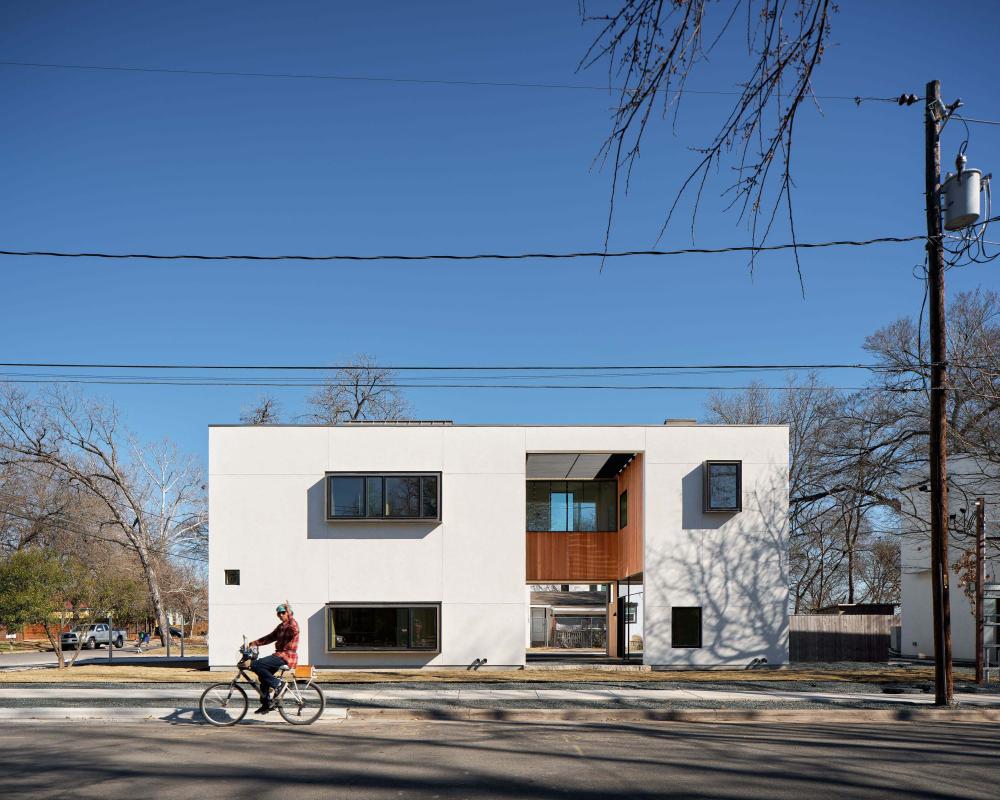Murray Legge | Murray Legge Architecture

Project Roundup
This lecture will focus on recent works including houses, schools, and installations—several built in Austin. This city presents a unique context with its combination of rising population, sharply increasing property values, and the early and middle twentieth-century ideals embedded in its residential code. The city is changing fast while remaining resistive to change. These conflicted forces have given rise to a new context.
Murray Legge, FAIA, is a graduate of the Cooper Union School of Architecture in New York City. His professional achievements include receiving the 2006 AIA Austin Young Architectural Professional Award, as well as more than thirty design awards including four national AIA awards and the Chicago Athenaeum American Architecture Award twice. In 2013 Murray was elevated to the College of Fellows by the American Institute of Architects in the Design category. Winner of the prestigious Lyceum Fellowship, he was also twice a finalist in Van Alen Institute competitions, including the Paris Prize. His work has appeared in numerous magazines and newspapers, and he has been a lecturer at The University of Texas at Austin. In 2013 he founded Murray Legge Architecture, a collaborate architecture studio currently composed of the UTSOA graduates Travis Avery, Lincoln Davidson, Kathrine Odom, and Harrison Marshal. Murray is also a co-founder of Legge Lewis Legge, an interdisciplinary collaborative based in Austin and New York with a focus on large-scale installations, public art, and civic projects. A family business, the other founders are his sister, visual artist Andrea Legge, and his wife, cinematographer Deborah Lewis. Legge Lewis Legge has been widely recognized including receiving the 2010 Austin Art in Public Places Community Arts Award and numerous AIA Design awards. Legge Lewis Legge is currently working on civic projects for the City of Fort Worth, the City of Dallas, the City of Raleigh, North Carolina, and The University of Maryland.
This lecture is supported by the Bluford Walter Crain Centennial Endowed Lectureship.

